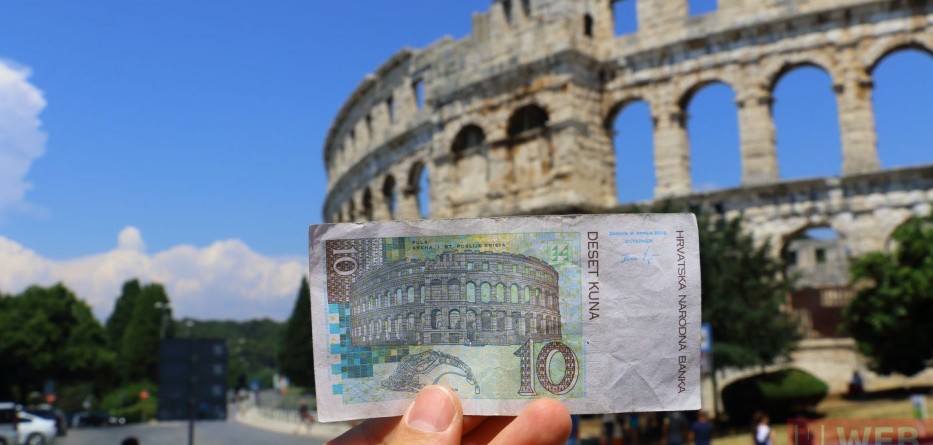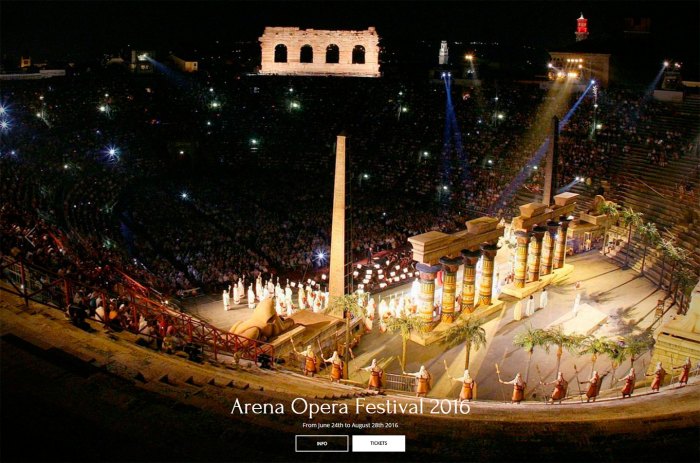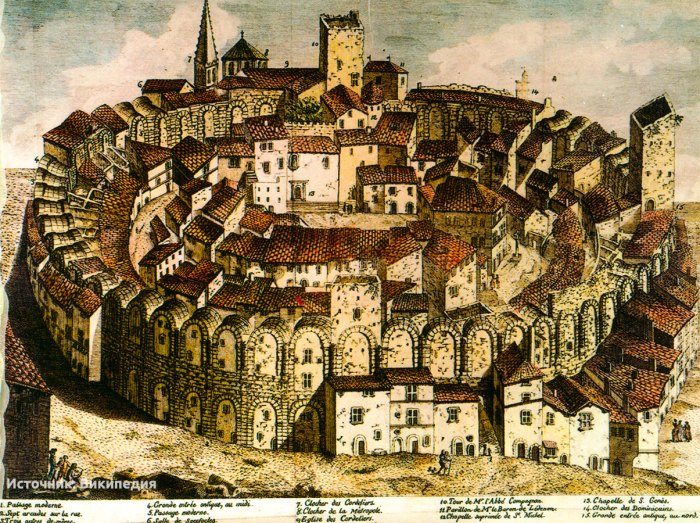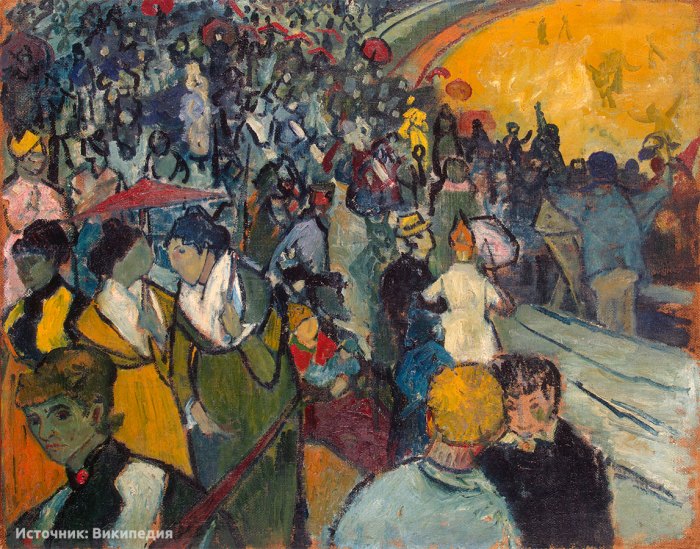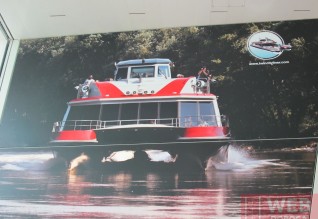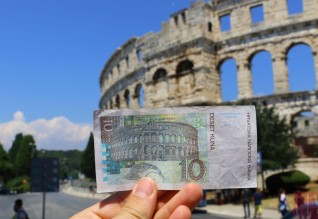1st place – Roman Colosseum, Italy
The world’s largest surviving Roman heritage. The word “Colosseum” comes from the Latin colosseus – colossal, enormous. Indeed, the Colosseum was built for 8 years in 72 BC. This structure could accommodate about 50 thousand spectators.
This is the most popular place to visit for all tourists who visit Rome.
![]() GPS coordinates of the Roman Colosseum- 41°53’27.5″N 12°29’29.9″E
GPS coordinates of the Roman Colosseum- 41°53’27.5″N 12°29’29.9″E
By the way, it is better to get to the Colosseum using the Rome metro – the Colosseo stop is located just near the walls of the building.
Read more about the history of the Colosseum on Wikipedia link here.
2nd place – Amphitheater in El Jem, Tunisia
Capacity – 30 thousand people. It was built in 232-238 AD by order of the proconsul of Africa Mark Antony Gordian. The construction lasted about 8 years.
In 1979, it was declared a World Heritage Site by UNESCO.
The distinctive feature of this building is that the Amphitheater itself is in good shape even compared to the Roman Colosseum.
It was the Amphitheater in El Jem that became the Colosseum during the filming of Ridley Scott’s film “Gladiator”, which was highly praised by critics and awarded 5 Oscars: Best Film, Best Actor (Russell Crowe), Best Costume Design, Best Visual Effects, Best Sound.
The panorama of the Amphitheater is available at this link (photo: Dmitry Krasko)
![]() GPS coordinates of the Amphitheater in El Jem, Tunisia – 35°17’47.0″N 10°42’25.0″E
GPS coordinates of the Amphitheater in El Jem, Tunisia – 35°17’47.0″N 10°42’25.0″E
3rd place – Amphitheater in Pula, Croatia
One of my most comfortable Colosseums is the Ancient Roman Amphitheater, which is located right in the center of the Croatian city of Pula. The Amphitheater itself was built in the 1st century AD, when the city of Pula was part of the Roman Empire. The size of the Amphitheater is from 130 to 105 meters.
Why do I like this Amphitheater in Pula?
Very well preserved, arena in good condition, few tourists, and almost no ruins, beautiful view of the sea, not far from the center. All in all, pluses.
My impressions from visiting the city of Pula and the Amphitheater читайте в моей статье .
 Video – review – Amphitheater in Pula, Croatia
Video – review – Amphitheater in Pula, Croatia
![]() GPS Coordinates of the Amphitheater in Pula – 44°52’23.9″N 13°50’57.8″E
GPS Coordinates of the Amphitheater in Pula – 44°52’23.9″N 13°50’57.8″E
4th place – Arena di Verona, Italy
This famous structure was built in the Italian city of Verona in 30 AD. By the way, the Amphitheater itself is in excellent condition. It is known for being an opera concert venue.
The capacity of the structure is about 20-15 thousand people. The amphitheater is included in the UNESCO World Heritage List.
You can read more about the history of the amphitheater in Wikipedia at this link.
![]() GPS coordinates of Arena di Verona – 45°26’20.7″N 10°59’36.0″E
GPS coordinates of Arena di Verona – 45°26’20.7″N 10°59’36.0″E
If you want to see the opera, I recommend checking the program in advance on the website. www.arena.it
Ticket prices start from 25 euros and can be ordered online via the website.
5th place – Arena in Nimes, France
This place is also called the Amphitheater or Arena of Nîmes, in French – Arènes de Nîmes.
This structure was built in the 1st century AD in the likeness of the Roman Colosseum. The size of the ellipse axes is 69 x 38 meters and can accommodate about 25 thousand people.
Gladiator fights were held here, and the Arena also served as a training ground. Later, the Arena was used for bullfights.
![]() GPS coordinates of the Arena – 43°50’03.5″N 4°21’36.0″E
GPS coordinates of the Arena – 43°50’03.5″N 4°21’36.0″E
6 – Arena of Arles, France
This is a Roman amphitheater built in the late 1st century AD. The arena measures 136 meters by 109 meters.
Here the Romans held gladiator fights and chariot races.
![]() GPS coordinates of the arena – °40’43.0″N 4°37’50.2″E
GPS coordinates of the arena – °40’43.0″N 4°37’50.2″E
Later, in the Middle Ages, the Arena served as a fortress, houses and even 2 churches were built in the middle of it.
A graphic engraving, where houses are visible in the middle of the arena, is a witness and display of this development.
The arena is notable for being immortalized in Vincent van Gogh’s painting, “Arnes of Arles” in 1888.




